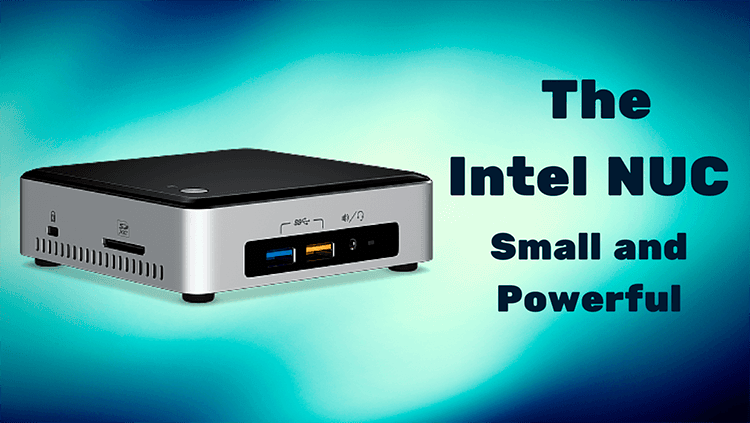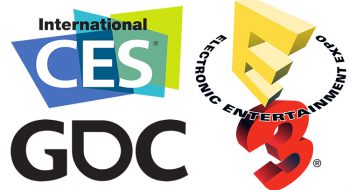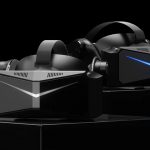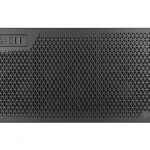Over the decades form factors for the x86 desktop PC platform were regularly changing and evolving in response to changing demands and today there are plenty of them: ATX, MicroATX, DTX, MiniDTX, BTX – you name it! Some (the majority) of these form factors are desktop PC solutions for those who require more computational power and flexibility in terms of availability of sockets or slots for additional plug-in cards. Bigger form factors, such as WTX, BTX or ATX will deliver full functionality and flexibility in this sense. Smaller boards for form factors like mini-ITX may sacrifice such flexibility and computational power to achieve their small size. Many users were unwilling to sacrifice power and flexibility for a small form factor.
For the last decade, the industry was gradually developing more and more processors with low power consumption, but yet still powerful enough to compete with their older brothers, which has created an opportunity to the manufacturers to re-adjust towards the idea of how to build smallest and capable computer without sacrificing too many features.
In 2012 Intel has come up with the first solution called the Intel NUC (Next Unit of Computing).
NUC in short
NUC is a small-factor PC and presented on the market as barebone kits that users need to assemble themselves in order to get it running. What is really revolutionary with NUCs is how much computing power this small computer can produce. By using a 4”x4” motherboard, Intel has managed to squeeze an entire computer in about a twentieth of the volume of the traditional desktop PC – just about the size of the external hard drive (in some cases even smaller). And as it is presented as barebones kit, all users need to do is to add RAM (system memory) and laptop-type HDD or SSD of their choice in order to get a fully functional computer that can be hidden behind a screen or inside a desk drawer.
Tiny and still handful of features
As we already mentioned, the NUCs are tiny, but it does not mean that they are not as flexible as normal sized PCs. Even entry-level NUCs offer a vast array of ports and connectivity options: up to 6 USB ports (2.0 and 3.0), up to 2 SATA ports, an HDMI port, audio and mic jacks, GbE, integrated Intel Wireless Solutions, Bluetooth, Serial port, infrared headers, SPDIF out and eSATA. And there is even more! Intel has managed to apply some advanced features that were only available on full-sized desktop PCs! Here some of them: RAID, Virtualisation, vPro, RST (Rapid Storage Technology), TPM (Trusted Platform module) and Small Business Advantage.
Inside NUCs, Intel managed to integrate the whole spectrum of their consumer processors, starting from low-powered Intel Atom E3815 end finishing with powerful workhorses such as Intel Core i7-5557U. And this factor alone, gives to the consumers the best combination in terms of performance and power consumption.
Consumers will also be astonished to find the top-of-the-line NUCs are equipped with powerful Iris integrated graphics system that gives an opportunity for great gaming and multimedia experiences, like the Intel Iris Graphics 6100 GPU that can support up to three displays and play most popular games.
Built to the industry standards, NUC supports all major commercially available operating systems and has access to virtually all available accessories and peripherals both in the business and consumer markets.
NUC’s target consumers and areas of application
It is evident enough that the consumer computer market continues advancing towards mobility and portability. And Intel is at the forefront, developing products such as the NUC, which is positioned as a specific product for a specific type of consumer. Even so, NUCs are still a valuable addition to the consumer market that gives users the option to customize their computing experience from the ground up.
NUCs versatility makes it quite attractive for quite wide number of applications.
Home entertainment – home theatres, media storage or a hub for HD content for complete and truly amazing entertainment. Not to mention that the most top of the line NUCs are able to stream media content in 4K resolution without a stutter.
Gaming – immersive gaming with optional gaming controllers and TV connectivity capabilities will deliver the complete gaming experience with powerful graphics performance.
Productivity – with boosted data transfer speeds and powerful performance the Intel NUC will streamline and simplify even the most complex video editing routines – recording, mixing, creating and playing back amazing audio and video content. Supported by Celeron processors, VESA mount brackets, USB 3.0, and Intel Smart Connect Technology, NUC delivers high value at an affordable price.
Commercial – if equipped with dual display ports, gigabit LAN or Wi-fi, it would be ideal for security delivering reliable and affordable video surveillance. Dynamic digital signage (including B2B environments), conferences, client solutions from schools and universities to scientific labs and governmental organizations – everywhere where a small form-factor with the same range of features of the big PC can become crucial requirement.
Competitors
Some may ask the obvious question – is Intel alone in the market with their NUCs? The answer is no. There are several competitor’s products out there, some of which have been available longer than the Intel NUC. Apple Mac mini, Zotac ZBOX, Asus VivoPC, AOpen XC mini and Gigabyte BRIX are the most famous ones. Each and one of them a worth to be mentioned as innovative and perspective developments, which try to take the most out of the mini-PC ideas – compactness, mobility, flexibility, thermal performance and silence and possibility to outfit it in order to get well rounded and balanced system for consumers satisfaction.
Bottom line
Something to consider for and average end-user – NUCs requires a high-level customization in the first place in order to bring the full enjoyment out of its experience, so, if you consider yourself the one, then maybe NUC wouldn’t be a right choice and you’d better to lay your hands on pre-assembled desktop PC in traditional form-factor. Cost-wise, NUCs are taking about the same niche as traditional desktops and are not to be considered as budget solutions, at least for top models. All in all, consumers who are really interested in heavy customization and power in a small package, Intel’s NUCs or similar products from other companies would be an ideal solutions with competitive prices.








No comments yet